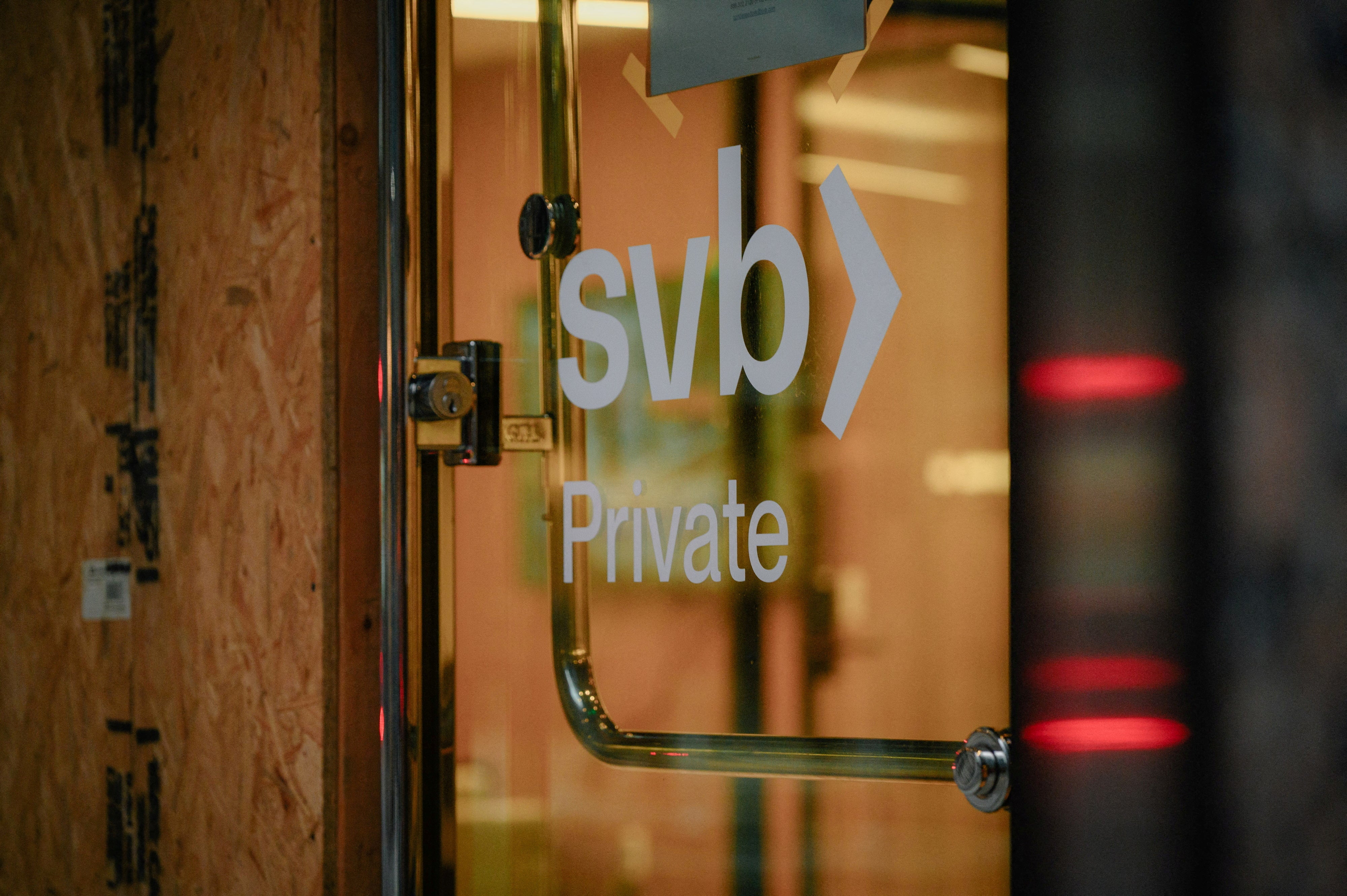How worried should we be about bank collapse contagion?
In rapid fashion, we’ve seen Silicon Valley Bank, Signature, Credit Suisse and First Republic all subjected to rescues and bailouts, writes Chris Blackhurst


Let us start with the good news. It is that this time there is no messing about, no waiting – the authorities and rival banks have got together and moved impressively quickly.
So, in rapid fashion, we’ve seen Silicon Valley Bank, Signature, Credit Suisse and First Republic all subjected to rescues and bailouts.
Silicon Valley Bank or SVB has been saved in the UK by HSBC; in the US, the Federal Reserve reacted swiftly to guarantee all deposits. Credit Suisse has received a Swiss government life-saving injection; First Republic is saved, for now, by a group led by Bank of America, Goldman Sachs and JP Morgan depositing $30bn.
Compared to 2008, everyone involved is acting quicker and more decisively. There’s no room for delay – this is an emergency, we must stop this bank from going under and wiping out its customers. And we must prevent the toppling of other banks.
In that sense, a lesson from the last crisis has been absorbed. The banking industry and governments are anxiously trying to curb contagion. It’s like trying to put out forest fires; hurling everything possible at the first sign of smoke.
Unfortunately, in a wildfire, every so often there is a disaster – it’s spotted too late, takes hold and no amount of water will succeed in dampening the flames. That’s where we are in 2023, some 15 years after the world was subjected to a banking crisis. We remember how close we came, how near other banks were to being caught in the contagion from one bank collapse causing another to fall.
Back then, the panic was sparked by aggressive mortgage lending to America’s trailer parks. Those “sub-prime” loans went into default as interest rates suddenly went up and borrowers could not meet their repayments. Now, it is SVB, a tech bank that took a punt on US government long-dated bonds caught short as interest rates rose and the worth of those bonds fell.
The common factor is interest rates. Both crises occurred after rates rises, and equations and business models were found wanting. Suddenly, today, we’re experiencing a different environment of higher interest rates, and with that has come exposure of the weak and fragile. Those that went out on a limb, such as SVB, or have been rocked by scandal, like Credit Suisse, are left vulnerable.
Banks are not meant to go bust. When they do, or look as though they might, for customers and investors a reflex takes over. They do not have the time or the access or expertise to analyse individual banks. They don’t care: a collective survival instinct kicks in and they bolt.
This weekend, the markets are searching anxiously for any indication of another bank suffering. They were already nervous before SVB sent the dominoes crashing. The war in Ukraine, a global pandemic, soaring cost-of-living and inflation – these were all combining to make investors jittery. What’s shifted is a concerted effort by central banks across the world to slow inflation. This has seen interest rates rising and with that, some banks caught short.
As with 2008, however, the rescues are all reactive. They’re trying to put the fires out, not remove the conditions that encouraged them to rage.
Governments and regulators must ask themselves, why did we get into this mess again? It’s true that the last debacle was 15 years ago, but that was not so long ago. For those who lived through it day after day, reporting on a financial system on the brink, it only seems like yesterday.
Yet it’s clear that memories are short and other lessons have been forgotten. We must find weakness before the fires start. Regulators need to look for any bank that is operating outside the norm – by chasing profits recklessly, by focusing on a particular sort of client or product.
It’s clear that the risk exercises we’ve seen since the last round of bank failures are insufficient. They’re no substitute for real-time.
Ultimately, though, the people responsible are bankers themselves. Until a bank is allowed to fail completely they will not realise the errors of their ways. By not allowing one to implode completely we run the risk of encouraging “moral hazard”, of allowing banks to behave to excess without any retribution. We need to be prepared to let them fail and to be ready to jail the most egregious individuals.
Hopefully, the shock of this re-run of 2008 must tell us as well that we cannot begin to relax our guard and drop the measures that were brought in then, as the banks have suggested. If anything, they need to be tightened further.
The next time we may miss the alarms and the entire financial system fails.
Chris Blackhurst is the author of Too Big To Jail: Inside HSBC, the Mexican Drug cartels and the Greatest Banking Scandal of the Century (Macmillan)
Join our commenting forum
Join thought-provoking conversations, follow other Independent readers and see their replies
Comments
Bookmark popover
Removed from bookmarks